Beata Bruggeman-Sekowska
Forty years have passed since the death of Enver Hoxha (April 11, 1985, in Tirana, aged 76). For more than four decades, he ruled Albania with an iron hand, isolating the country from the rest of the world, enforcing strict ideological control and plunging Albania into extreme poverty. His 40-year rule made him the longest-serving communist dictator in history.
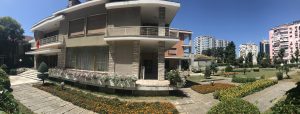
Villa of Enver Hoxha in Tirana ©Beata Bruggeman-Sekowska
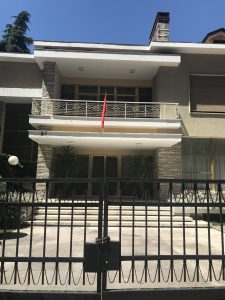
Villa of Enver Hoxha in Tirana ©Beata Bruggeman-Sekowska
Hoxha broke ties with Tito’s Yugoslavia, the Soviet Union and later China, accusing them of abandoning what he considered the only true doctrine—Stalinism. In a country of three million, almost one person in every 15 has a family member who was jailed or displaced by the communists. Under his rule, an estimated 200,000 people were sent to labour camps similar to Stalin’s Gulag. More than 100,000 were killed or imprisoned. Over 6,000 went missing, and thousands simply disappeared without a trace.
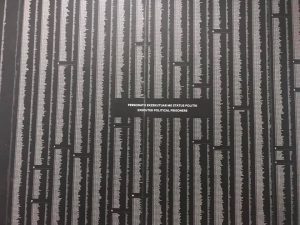
House of Leaves Museum in Tirana, housed in the former secret police headquarters. ©Beata Bruggeman-Sekowska

Bunk’Art 2: a Cold War–era nuclear bunker, now converted into a museum about communism. ©Beata Bruggeman-Sekowska
Determined to reshape Albania, Hoxha dismantled the pre-war civil elite and declared the country the first atheist state in the world. All mosques and churches were closed, land was confiscated for collective farms, religious leaders, landowners and dissenting peasants were persecuted or killed. Possessing a Bible was punishable by death, with particular pressure placed on Catholics in the north. Hoxha personally oversaw purges of politicians, intellectuals and others who fell out of favour. The landscape was dotted with nearly one million reinforced concrete bunkers— in a country of a little over three million inhabitants – is a testimony of his dictatorial madness and control obsession.
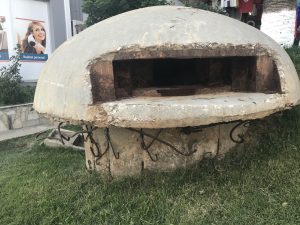
A concrete bunker from Enver Hoxha’s era, symbol of his fear and obsession with control. ©Beata Bruggeman-Sekowska
Maria Tuci a beatified martyr of Enver Hoxha’s communist regime
One of those who suffered under his regime was Maria Tuci. Born in 1928 in the village of Ndrofshaj near Rrëshen in the northern part of Albania, she grew up in a devout Catholic family. She attended the Franciscan Sisters of the Stigmata school from the age of 12 and hoped to dedicate her life to God as a nun. Maria became a teacher and was accepted as an aspirant to the religious order.
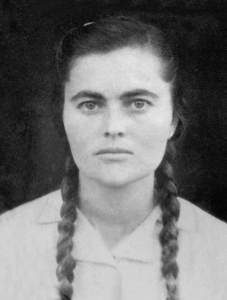
Maria Tuci Image public domain: https://upload.wikimedia.org/wikipedia/commons/b/bf/Maria_Tuci_postulante_1945-46.png
In 1949, as communist repression intensified, many priests and nuns were arrested. Maria was detained by the regime’s secret police, the Sigurimi and imprisoned in Shkodër for her faith. She was sentenced to three years in prison and suffered severe abuse. When she resisted the advances of a prison official, she was subjected to prolonged torture. The officer told her: “I will reduce you to a state that even your family members would not be able to recognize you.”

House of Leaves Museum in Tirana, housed in the former secret police headquarters. ©Beata Bruggeman-Sekowska
At one point, guards forced her naked into a sack with a street cat, beating the sack until the animal attacked her. The resulting injuries led to blood poisoning.
Despite her suffering, Maria refused to renounce her beliefs. She forgave her captors and died on October 24, 1950, at the age of 22 in the prison hospital in Shkodër, holding a rosary in her hand. Her final words were: “I thank God because he gave me the strength to die free.”
In 2016, Pope Francis recognised her martyrdom. On November 5 that year, she was beatified in a ceremony in Shkodër as the only Albanian woman among 38 other Albanian Catholic martyrs of Enver Hoxha’s communist regime, tortured and killed in Hoxha’s efforts to create an atheist state. Her feast day is observed on October 24. She is remembered as “the modern Saint Agnes,” a symbol of forgiveness and reconciliation.
Today, the memory of Albania’s martyrs remains strong. In Tirana, one of the main streets bears their name: the “Boulevard of the Martyrs of the Nation” (Bulevardi Dëshmorët e Kombit).

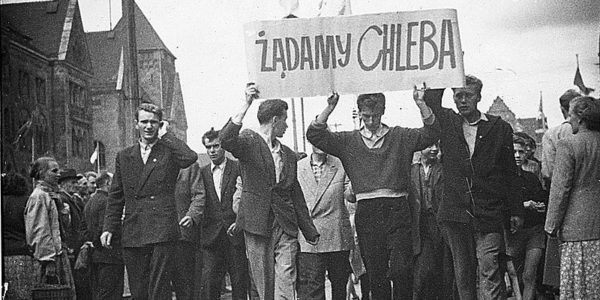

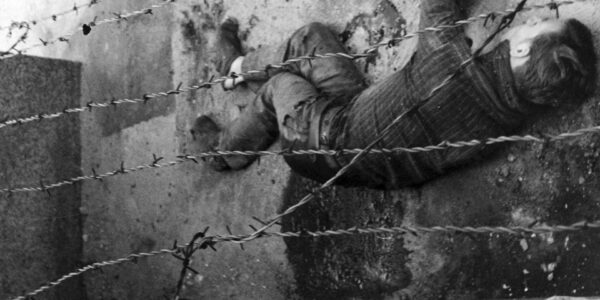
Follow Us!